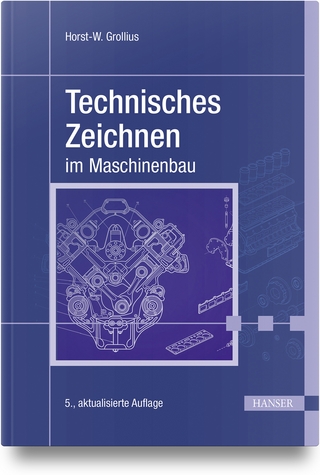
CAAD Futures '93
Elsevier Science Ltd (Verlag)
978-0-444-89922-4 (ISBN)
- Titel ist leider vergriffen;
keine Neuauflage - Artikel merken
The mission of the "CAAD Futures" series of conferences is to provide a forum for the presentation and discussion of innovative research and development in the area of computer-aided architectural design. "CAAD Futures '93", sponsored by Carnegie Mellon University and its Department of Architecture, is the fifth conference in the series. In these proceedings, the papers accepted for presentation have been grouped into sections addressing similar topics or themes. The sections are presented in an order that proceeds roughly from the more specific, focused topics to the more general ones, ending with a group of papers illustrating emergent trends in practice, including urban planning and design.
Part 1 Shape recognition and emergence: discovering emergent shapes using a data-driven symbolic model, J.S. Gero and Min Yan; a connectionist approach to shape recognition and transformation, Yu-Tung Liu; emergence and continuity in shape grammars, G. Stiny. Part 2 Generative systems: spatial grammars - motivation, comparison, and new results, R. Krishnamurti and R. Stouffs; layouts, solids, grammar interpreters, and fire stations, R. Woodbury and E. Griffith; CDT - a computer-assisted diagramming tool, B. Dave; incommensurability of criteria and focus in design generation, P. Papazian; Plasm functional approach to design - representation of geometry, A. Paoluzzi and M. Vincentino. Part 3 Prediction and evaluation: simultaneous form generation and performance evaluation - a "Two-Way" inference approach, U. Flemming and A. Mahdavi; adjacency structures as mappings between function and structure in discrete static systems, S. Meyer and S.J. Fenves; "Open" simulation environments - a preference-based approach, A. Mahdavi; an approach to automated scoring of architectural designs, P.K. Oltman et al; minicode generator - a methodology to extract generic building codes, D.J. Vanier; a computerized fire safety evaluation system for business occupancies, F. Ozel. Part 4 Precedents and prototypes: analogy, exploration, and generalization - three activities for knowledge-based architectural design systems, F. Guena and K. Zreik; PRECEDENTS - memory structure in design case libaries, R. Oxman and R. Oxman; hypertext, solid modeling, and hierarchical structures in formal architectural analysis, A. Saggio. Part 5 Human-computer interaction: leading indicators of CAD experience, S.K. Bhavnani et al; behaviour modeling in design system development, R.F. Coyne et al. Part 6 Decision support environments and product models: KNODES - knowledge-based design decision support, J.H. Rutherford; information models for integrated design, S. van Nederveen et al; a time dimension for computer-aided architectural design systems, G.T.A. Smeltzer and J. Dijkstra; A4 digital building - extensive computer support for building design, construction and management, L. Hovestadt. Part 7 Cooperative design: synchronous support and emergence in collaborative CAAD, M.L. Maher et al; making the problem visible - project specific information in collaborative design, W.D. van Bakergem and G. Obata. Part 8 Trends in practice: introducing CAD to a big corporation, V. Muller; establishing virtual design environments in architectural practice, C.E. Dagit; cutting up time - craft and technology in the Niches project, B. Lindsey and P. Rosenblatt. (Part Contents).
| Erscheint lt. Verlag | 30.6.1993 |
|---|---|
| Zusatzinfo | index |
| Verlagsort | Oxford |
| Sprache | englisch |
| Themenwelt | Informatik ► Weitere Themen ► CAD-Programme |
| Technik ► Architektur | |
| Technik ► Bauwesen | |
| ISBN-10 | 0-444-89922-7 / 0444899227 |
| ISBN-13 | 978-0-444-89922-4 / 9780444899224 |
| Zustand | Neuware |
| Haben Sie eine Frage zum Produkt? |
aus dem Bereich


